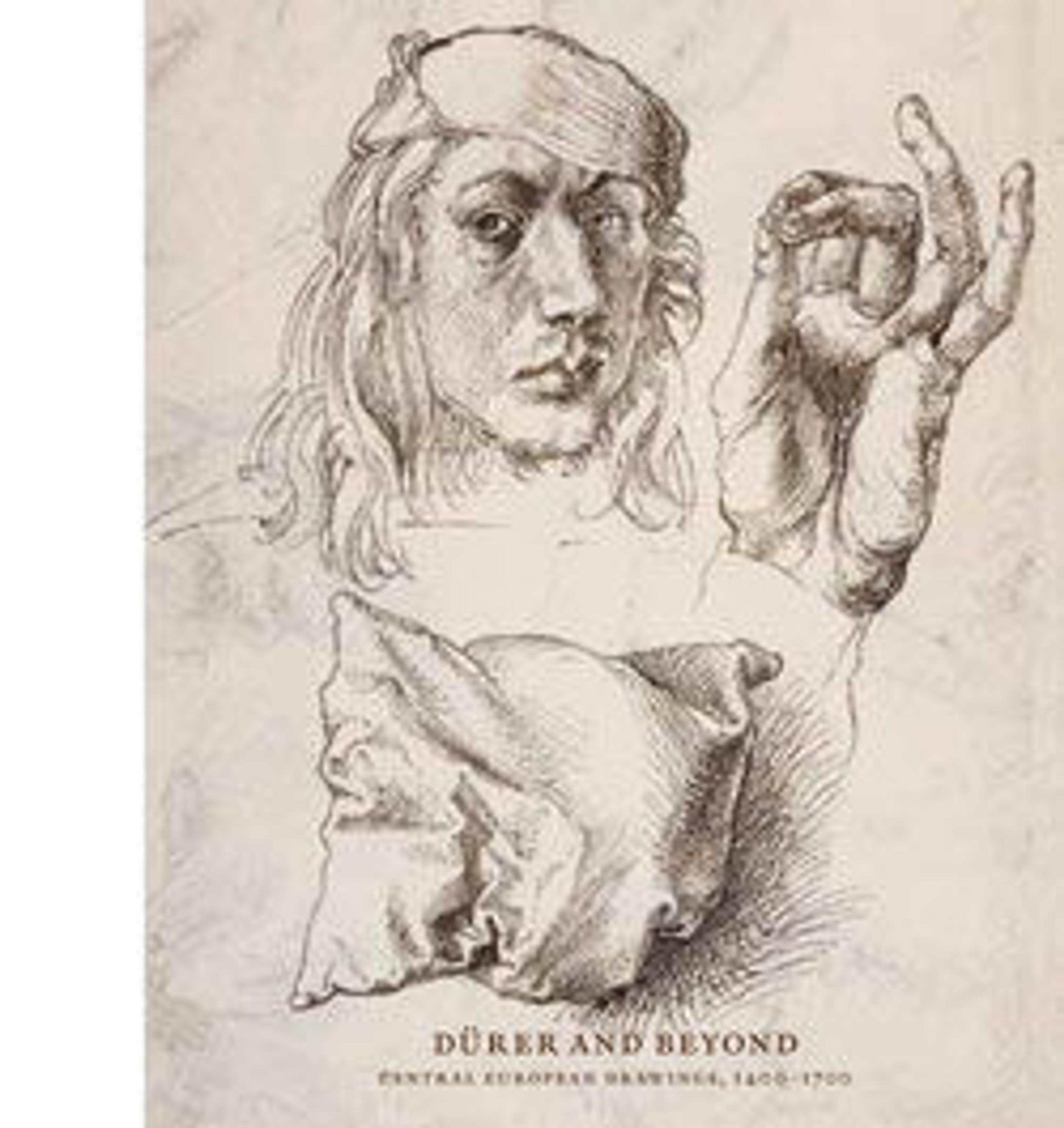Bust of a Man
This expressive drawing by Wolfgang Huber, one of the greatest painters of the Danube school, is part of a group of nine head studies in the same medium and technique, all initialed and dated 1522. These sheets offer penetrating essays on physiognomy, obscuring the boundaries between observation and imagination, and may have evolved from Huber's study of Leonardo's work. The drawing exhibited here was preparatory for the head of a young Roman soldier in the left background of the "Raising of the Cross" (Kunsthistorisches Museum, Vienna), a composition densely packed with the faces of onlookers of richly varied characterization. In the drawing, the slightly foreshortened, three-quarter view of the young man's head accentuates the heroic anxiety of his features. Huber's bold use of the drawing medium—chalk and wash—differs significantly from that of his other drawings and that of his northern contemporaries. It may have been a response to contemporary north Italian techniques.
Artwork Details
- Title:Bust of a Man
- Artist:Wolfgang Huber (German, Feldkirch/Vorarlberg ca. 1485/90–1553 Passau)
- Date:1522
- Medium:Black and white chalk on off-white paper prepared with red gouache
- Dimensions:Overall: 11 9/16 x 7 7/8 in. (29.4 x 20 cm)
- Classification:Drawings
- Credit Line:Harris Brisbane Dick Fund, 1950
- Object Number:50.202
- Curatorial Department: Drawings and Prints
More Artwork
Research Resources
The Met provides unparalleled resources for research and welcomes an international community of students and scholars. The Met's Open Access API is where creators and researchers can connect to the The Met collection. Open Access data and public domain images are available for unrestricted commercial and noncommercial use without permission or fee.
To request images under copyright and other restrictions, please use this Image Request form.
Feedback
We continue to research and examine historical and cultural context for objects in The Met collection. If you have comments or questions about this object record, please contact us using the form below. The Museum looks forward to receiving your comments.
